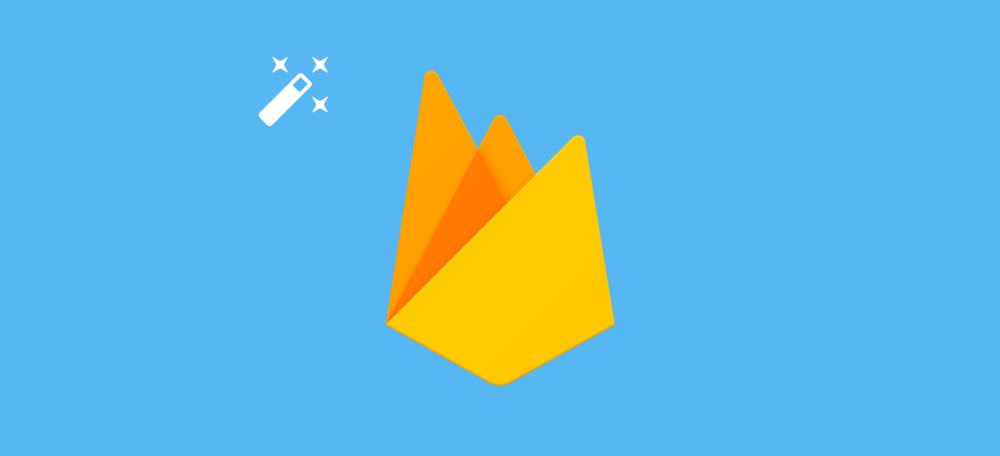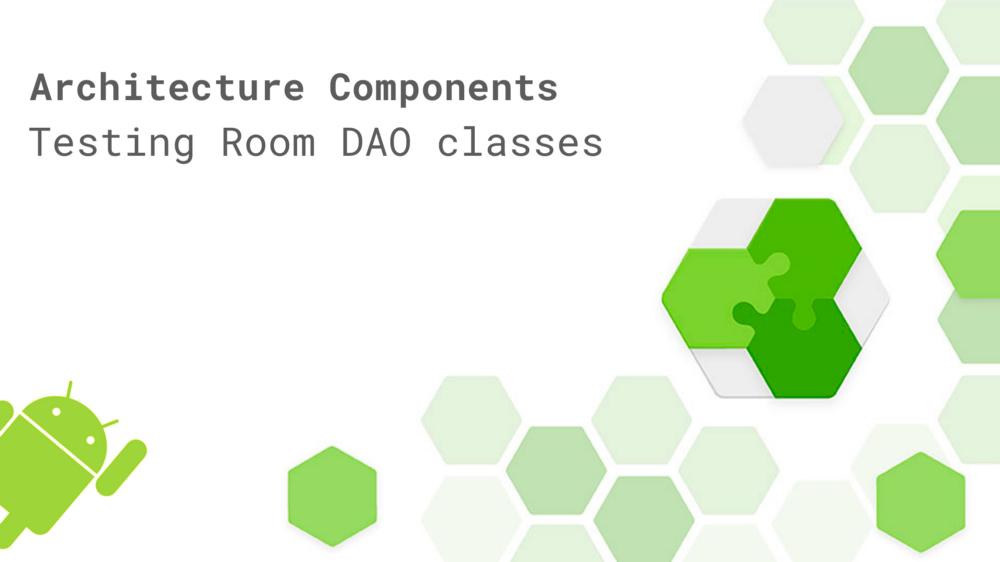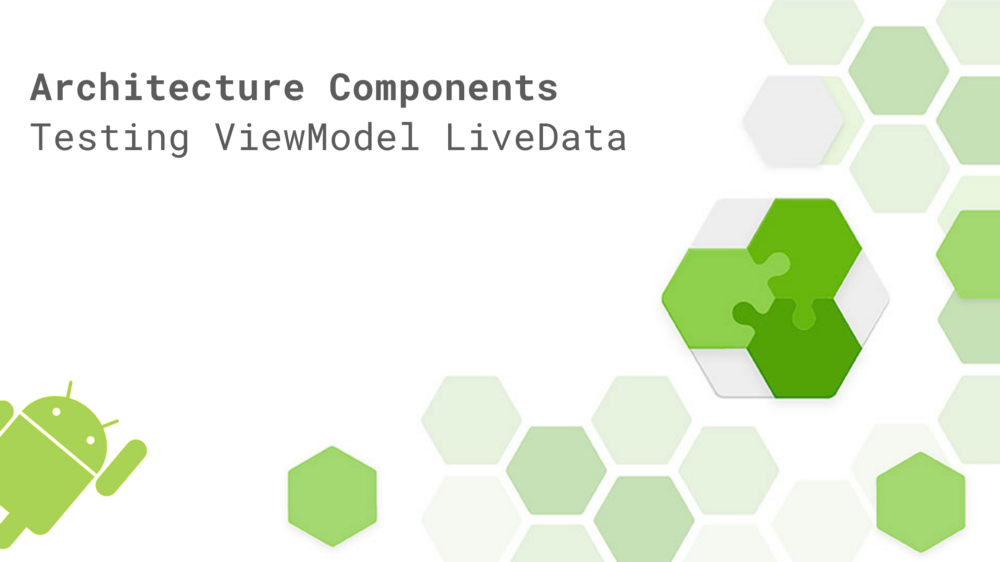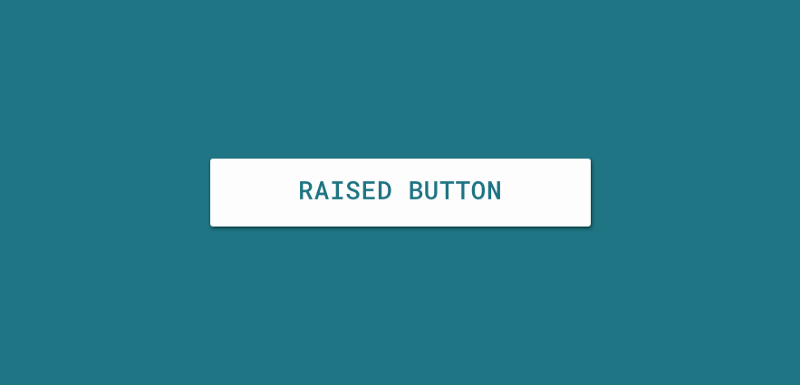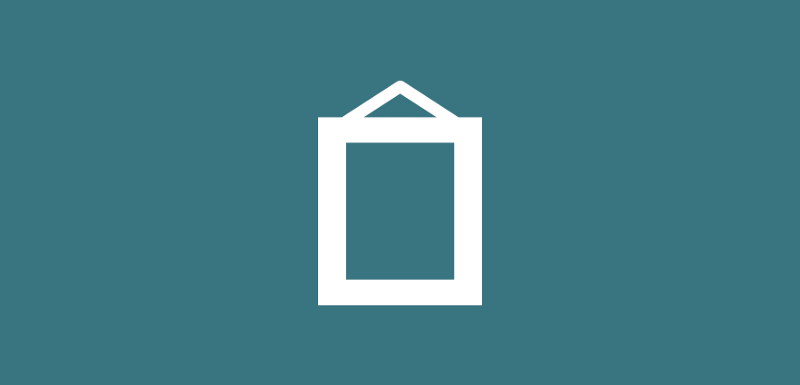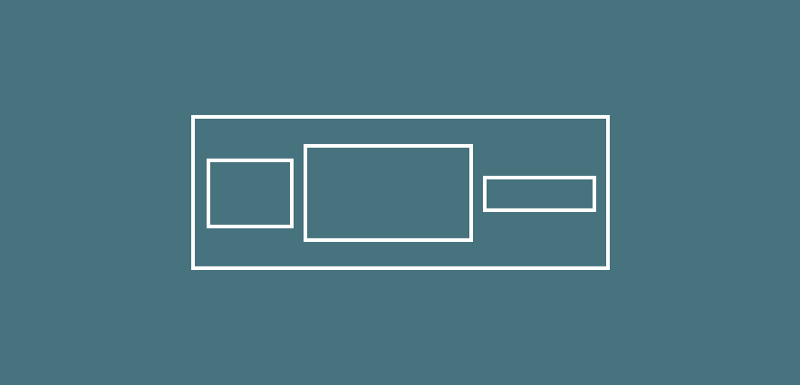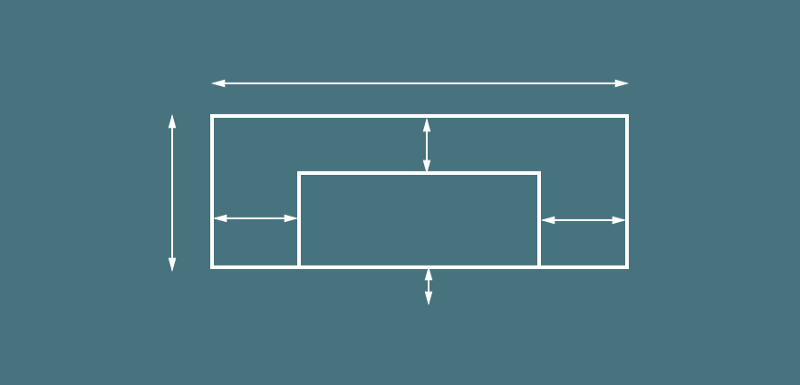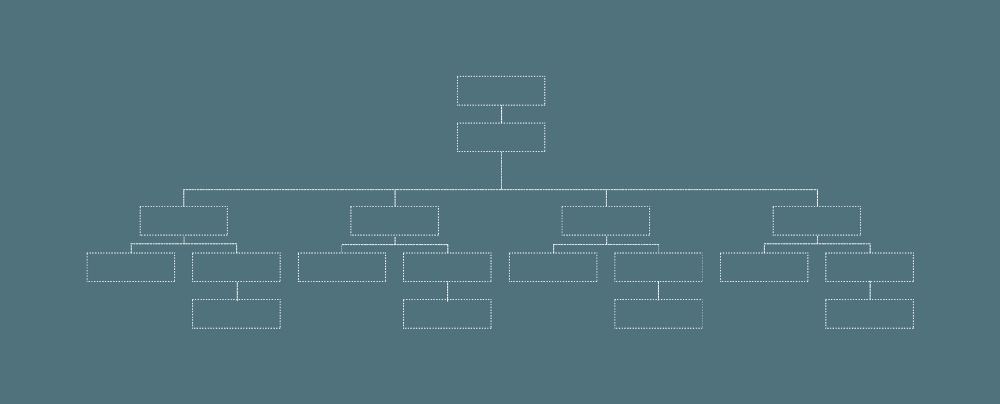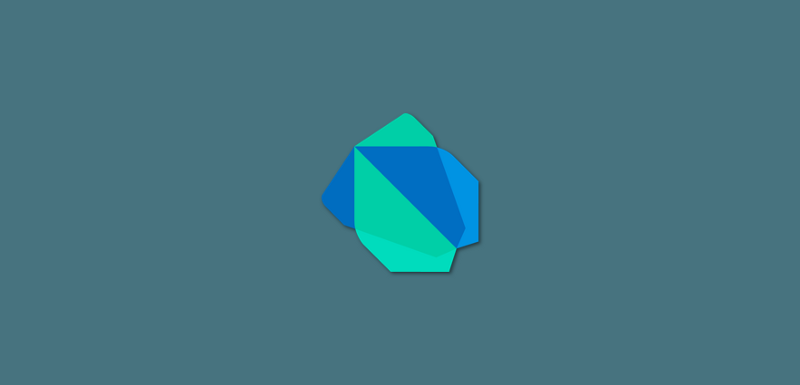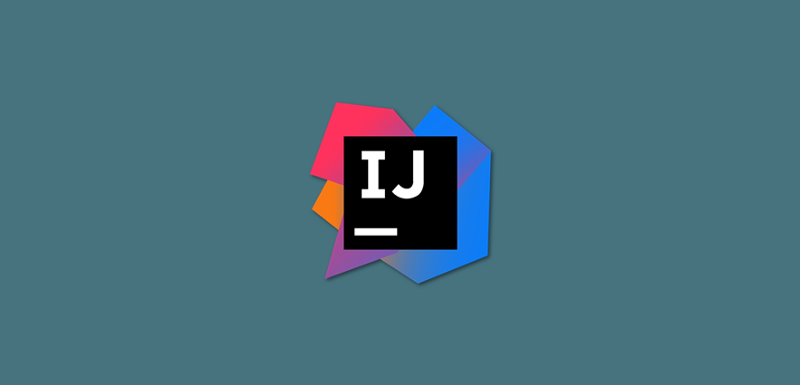At the Firebase Summit this week there were several exciting things that were shared with the community — the one that caught my eye the most was Firebase Predictions. This new service allows you to utilise Firebase to predict the behaviour of users in your app, allowing you to provide personalised experiences that can be used to… Continue reading
Posts Tagged → Android App Development
Android Architecture Components: Testing your Room DAO classes
In this previous post, we look at testing our ViewModel LiveData from the classes used in the Architecture components library. You can check this post out here if you haven’t yet: Today we’re here to talk about how we can write tests for our DAO classes when we’re using Room for our Database layer in… Continue reading
Android Architecture Components: Testing your ViewModel LiveData
Last week I pushed a fork of the Buffer Android Boilerplate to a public repository — the difference with this fork is that it uses the new architecture components (ViewModels in the presentation layer and Room in the cache layer). If you haven’t seen it yet, you can do so here 👉 But we’re not here to… Continue reading
Widgets: Raised Button
The RaisedButton widget allows us to create a Button that matches the specification defined in the Material Guidelines here. The RaisedButton has a single constructor that allows us to instantiate the widget with a number of different properties. new RaisedButton( child: const Text(‘Connect with Twitter’), color: Theme.of(context).accentColor, elevation: 4.0, splashColor: Colors.blueGrey, onPressed: () { //… Continue reading
Widgets: Image
The Image widget allows us to display an image within our user interface via a number of different means. This is done via the use of several different constructors, we can do this by using: Image() — Used to load an image from an ImageProvider. Here we simply provide an ImageProvider instance for the image parameter for… Continue reading
Widgets: Row
A Row is a widget used to display child widgets in a horizontal manner. When children are placed within the Row then the widget will not allow scroll features to view all children — it will simply display the children that are visible within view. For example, if we wished to display three text widgets within a… Continue reading
Widgets: Container
The Container widget is used to contain child widgets whilst also providing the ability to apply some basic styling properties on itself to be applied when laid out on screen. If the container has no children then it will automatically fill the given area on the screen (dependant on constraints), otherwise it will wrap… Continue reading
Understanding layouts in Flutter
When building layouts for our Flutter applications, it’s important to understand how the framework handles the creation of these layouts. Within Flutter, the visual components that you declare are widgets, as well as the layout elements also.The Flutter Framework builds its layout via the composition of widgets, everything that you construct programatically is a widget… Continue reading
Creating your first .dart class
Our first .dart class is going to be pretty simple for example sake. We’re going to run our app and show some simple text on the screen. You’ll notice that the screenshot on the left here displays a simple app that is just showing us some sample text in the center of the screen. Reaching… Continue reading
Creating a Flutter project
In order to create a new Flutter project, you’ll want to begin by opening up IntelliJ IDEA. Creating a new project To create a new project we will need to select File from the menu and hit ‘New Project’. At this point, we will be presented with the new project dialog. At this point you will… Continue reading
